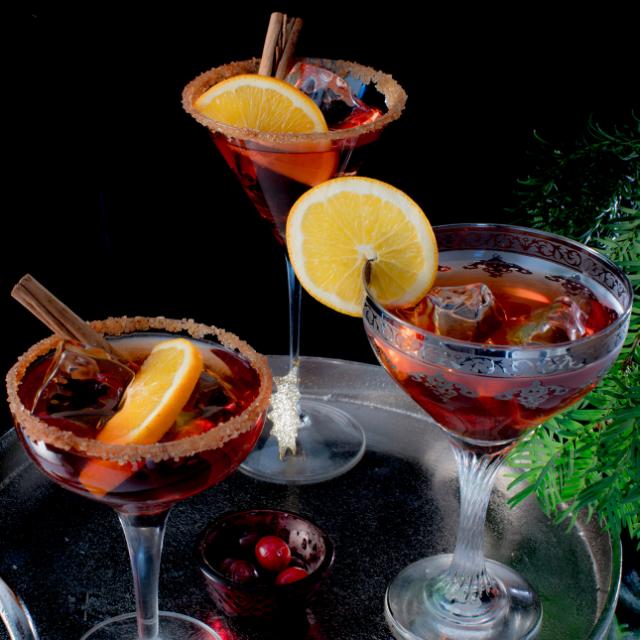Ingredients
8 large quinces
4 litres water
4 kg Siúcra sure set jam sugar (approximately)
Instructions
Fill a large pot with the four litres of water.
Wash the quinces and leave the peels on. Core the fruit by chopping around the cores, leaving a square core. Compost or discard the stems and cores. Chop the fruit into large chunks, 6 − 8 pieces per quince.
Place the chopped quince into the large pot. Bring to a boil over high heat. Reduce the heat and simmer until the fruit is mushy−soft, about 1 hour. Mash the cooked quince with a potato masher. If the mashed fruit is on the dry side, add a little more water. You want a consistency like a soupy applesauce.
Place a colander lined with a double layer of cheesecloth (I use new J Cloths) or a very finely meshed strainer, over a large bowl or pot. Ladle the runny quince mash into the strainer or cheesecloth−lined colander. Leave it for 2 hours. Save the mash to make quince paste.
You should end up with at least 3 litres of juice. If you aren't getting much juice, stir a little more water into the mash in the cheesecloth−lined colander or the strainer (do not add the water directly to the strained juice or it will be too diluted).
Sterilise the canning jars in boiling water then dry in a 150°C oven for 10 minutes.
While the jars are sterilising, measure the juice. Measure 750ml of sugar for every 1kg of jam sugar. Bring to a boil over a medium heat to dissolve the jam sugar. Once it comes to the boil, boil for exactly 1 minute. Use a timer. Skim off the white foam on top of the jelly and bottle immediately. The jelly will continue to set as it cools down.
Sterilising and bottling: To sterilise glass jam jars properly, wash very well in the dishwasher or with hot, soapy water. Rinse well to remove any soap residue. Place the jars upside down on the wire rack in the oven and bake for 10 minutes at 150°C.
As soon as the jam, chutney or jelly is ready, place a jam funnel on top of the jar. Using a metal ladle, pour the hot preserve into the hot jar till about 2cm from the rim. Close the jar immediately.
Makes 1 gift. - Quantity achieved varies depending on the size of quince .
Festive Foodie recipe supplied by Rozanne Stevens
Do you have any questions about our products and services?

Christmas Baking with Love
Find recipes and inspiration for unique Christmas Hearts for all those you care about.

Christmas goodies
For many, Christmas wouldn't be complete without sweet treats. Put out homemade toffees, chocolates and truffles for everyone to enjoy. Whether you want the most classic Christmas treats or more advanced alternatives, we've got the recipe.

Christmas baking
Baking for Christmas is always something special. This is the one safe haven that always seems to cling to tradition. But perhaps you would like to try something different for a change… you might find yourself a new favourite goodie this year!

Christmas dinner
Certain things should never be left off the Christmas dinner table – and you will also find many new, exciting dishes here!

Christmas desserts
Midwinter is redolent of oranges and spices – fragrances evoking images of countries less dark and cold than our northern climes. After Christmas dinner, it’s nice to serve something refreshing like an orange salad or citrus ice cream.

Christmas drinks
The Christmas holiday provides many opportunities to get together and mingle with a pleasant drink in the hand. A few suggestions for Christmas celebrations big and small.
